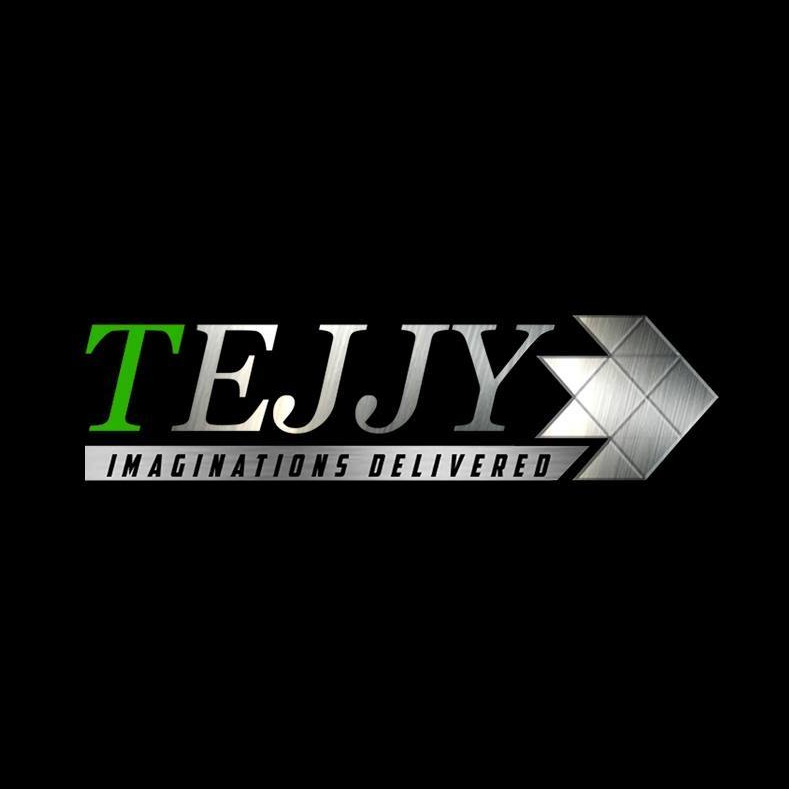Top 3 Strategies of Risk Management in Construction Projects

1. Addressing Labor Shortage & Productivity
As per a recent survey of contractors conducted by Autodesk in association with the Associated General Contractors (AGC) of America, 80% struggle to hire adept workers due to labor shortage. Even if the industry wants to address the issue of the labor shortage with a commitment to improving recruitment and training, the strategies won’t solve. At this juncture, technologies like BIM and mobile construction software can help fill the gap and attract high-skilled employees. Implementing a mobile construction software solution helps to attract younger employees who are digital nomads, providing them a platform to get the job.
Unsafe work conditions on construction sites are another concern. With diverse workforce , language barriers and other miscommunications, one can harm safety. Owing to language problems, Hispanic workers face a greater risk of injury on construction sites. Implementing construction productivity software programs having dual Spanish and English support making the job site safer by allowing language localization and real-time mass communications. As per Construction Dive, a new machine learning device, BIM 360 Construction IQ can analyze the data of a large project for rating safety and quality issues by risk level.
Sometimes, there could be issues relating to misalignment on design documents, negligence in visualizing work changes at the right time and several other situations where communication can hold back schedules and jeopardize the project's success. For instance, if you get a work order for the plumbing and it is not communicated at the right time, a drywall subcontractor may go to the next work on that section as mentioned in the originally scheduled plans. This simple mistake leads to demolition, rework, concurrent schedule delays and potential cost overruns. Hence, poor communication is a major obstacle to risk-management, causing material wastage, the high turnaround time for Request for Information (RFIs), and expensive rework, if all project stakeholders are not on the same page.












